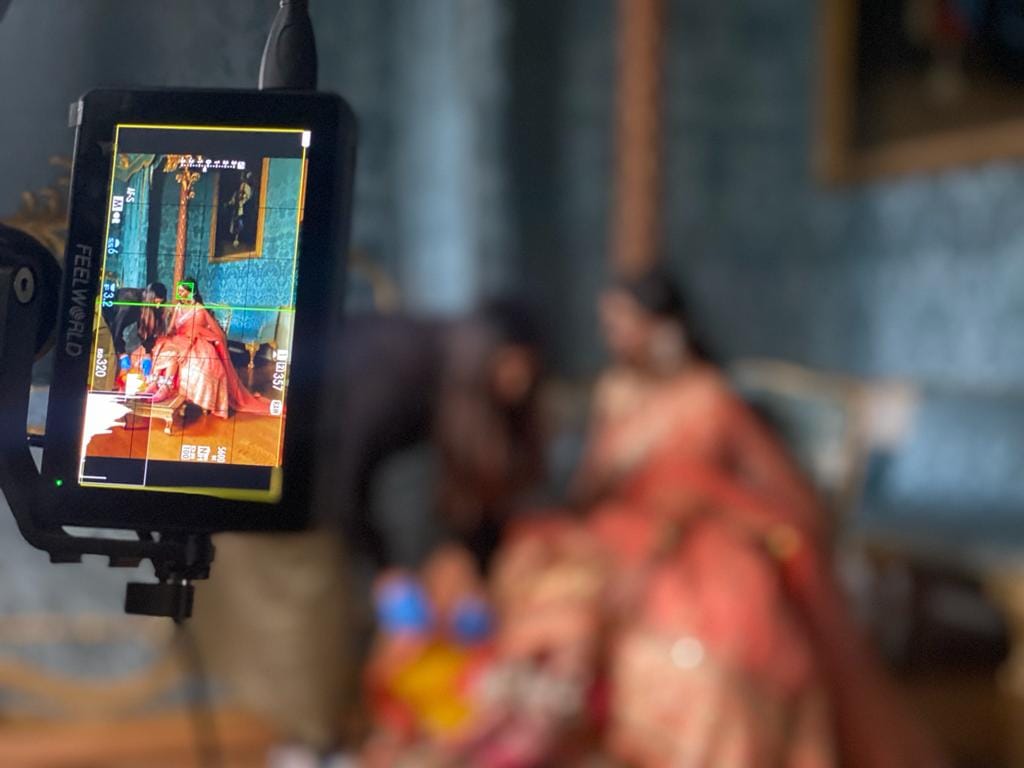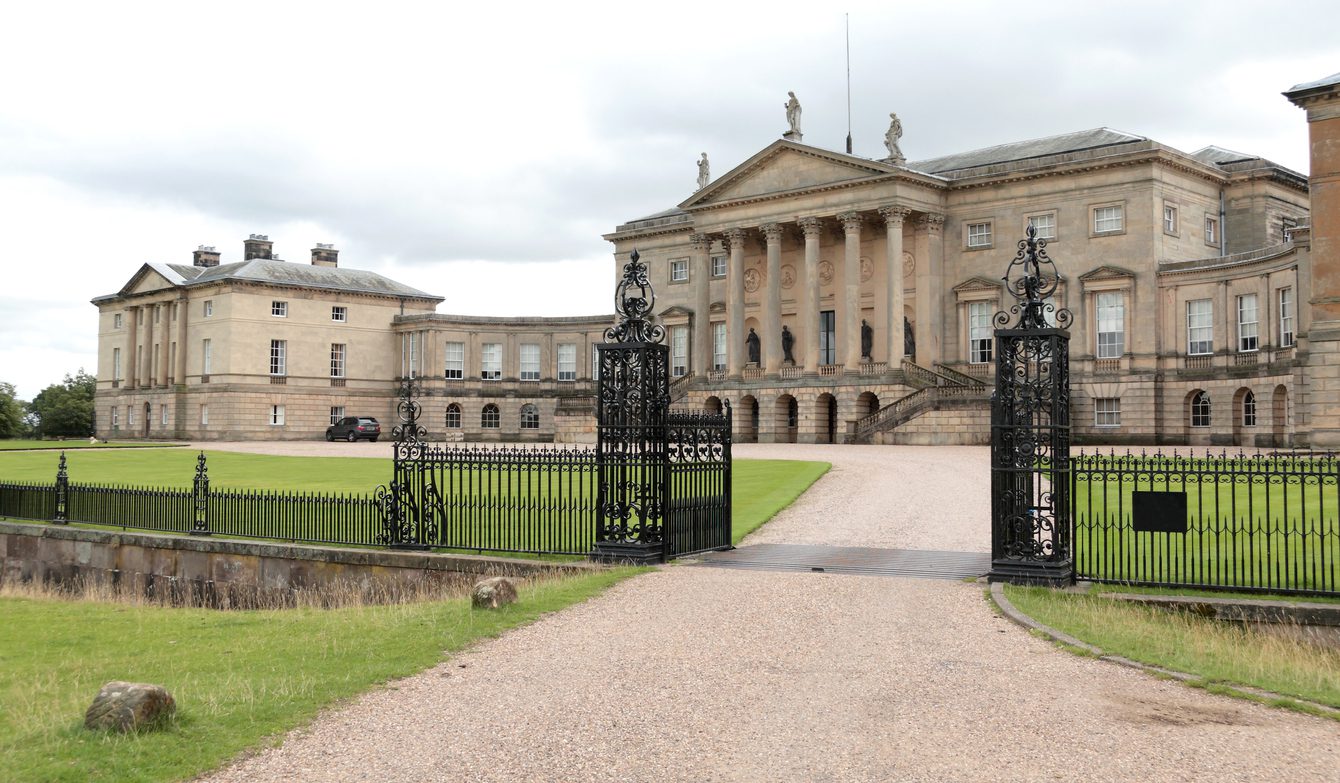by Chris Hulme, Director
International days themed to sustainability, equality and health are ever popular and routinely feature in the content produced on behalf of real estate brands. UNESCO’s Day for Remembrance of the Slave Trade, which falls on August 23, does predictably less well.
Any commercial or industrial building that dates from the colonial era may have a ‘heritage’ that developers and landlords are reluctant to address. Yet whatever the perceived difficultly of doing so, simply ignoring the past looks an increasingly risky strategy.
Fear of provoking a backlash doubtless inspires some of the caution. A couple of years ago, the National Trust was accused of publishing a ‘shameful manifesto’ and faced threats of cancelled memberships after it produced a report highlighting that 93 buildings, about a third of its estate, were built, benefited from or connected to the spoils of slavery and colonialism. It is not the only organisation going through a painful and public reckoning.
Imperial College London, in common with many other top universities, gained prominence as the British Empire reached its zenith. Last year Imperial debated and then decided against cancelling the nineteenth-century zoologist Thomas Henry Huxley, a prominent advocate of Darwin’s theory of natural selection, who promoted the racist view that Black people had inferior capabilities compared with white people.
As it stands, Imperial’s mathematics and computing department building is still named in Huxley’s honour, and his bust remains in the entrance hall. Instead, Imperial is exploring finding new ways to mark the impact and contributions of brilliant figures such as Professor Abdus Salam, a physics genius from Pakistan, and the first Muslim to win the Nobel Peace Prize. Salam founded Imperial’s Theoretical Physics Department but was only rescued from complete obscurity by a Netflix documentary in 2019.

The prestigious science journal, Nature, has tracked Imperial’s response to the issue and reported the concerns of students and researchers. “The purpose of naming a building after someone is to honour that person,” Rahma Elmahdi, a Black clinician and epidemiologist at Aalborg University and Hillerød Hospital in Copenhagen told the journal. Elmahdi, who earned a PhD at Imperial and previously worked there, added: “I think it is an insult to the Black people who continue to work and study in a building named after a person who was so adamant in questioning their capabilities and equality.”
London councils are also wrestling with what the UK government calls ‘contested heritage’ and, in many cases, have responded decisively where they have control over names and places. No fewer than 45 streets and statues have either been renamed or removed over historic slavery links in the capital. The retort that it’s a waste of public money, especially as local residents probably have no idea that any given place name may relate to troubling aspects of Britain’s past, is dismissed out of hand.
The collective view, one shared by Mayor of London Sadiq Khan, is that if we are sincere about striving for a more just and equal society, we need to do something. It means acknowledging that there is no place for monuments that glorify suffering and mis-represent history.
Sadiq Khan has ensured financial support is available for local authorities wanting to rename streets with offensive names or which celebrate individuals associated with the oppression. Haringey Council, for example, renamed Black Boy Lane to La Rose Lane in January this year. Previously, Camden rebranded one of its housing buildings, Cecil Rhodes House, to Park View House, to remove the association with the British diamond mining magnet and politician of the late 19th Century.

Cecil Rhodes made his fortune in South Africa and served as Prime Minister of the Cape Province. During his period in office, he used his political power to take away land from black Africans and tripled the wealth requirement for voting, effectively barring black people from elections.
In the UK, Rhodes is more commonly associated with the University of Oxford, where he did his degree and which, on his death, became the major benefactor of his Will. A statue of Rhodes is set in the walls of Oriel College and overlooks Oxford’s High Street. Students have been calling for its removal since 2015, and at one point, 150 lecturers went on strike in protest at its continued presence.
Oriel College’s website today does a reasonable job of explaining some of the challenges they face. Its governors have voted to remove the statue, but the building in question is Grade II* listed. Any decision by planners to allow the statue to be taken down would very likely be called in by the Secretary of State at the Ministry of Housing, Communities and Local Government. What’s more, the Department for Digital, Culture, Media and Sport has made unequivocal statements about its intentions when it comes to contested heritage.
In a letter to national museums and galleries (and other bodies) in September 2020, the then Culture Secretary, Oliver Dowden, argued the government position that some statues and historical objects “represent figures who have said or done things which we may find deeply offensive and would not defend today” but play an important role in teaching us about our past, including its faults, and so should not be removed. Oliver Dowden quoted the view of the government’s heritage adviser, Historic England, that “difficult and contentious” parts of the historic environment should not be “erased”.
Gary Younge, The Guardian columnist, and a sociology professor at the University of Manchester has questioned the response and any approaches that “petrify historical discourse as a permanent statement of fact, culture, truth and tradition that can never be questioned, touched, removed or recast.”

He talks about Britain’s statue obsession as mistaking adulation for history, history for heritage and heritage for memory. “It attempts to detach the past from the present, the present from morality, and morality from responsibility. In short, it attempts to set our understanding of what has happened in stone, beyond interpretation, investigation, or critique.”
Leaving aside statues, repurposed mills, factories and warehouses are an important part of the story of post-industrial age Britain gradually transforming itself, moving away from heavy industry and manufacturing and towards a knowledge and service-based economy. By avoiding dereliction and finding a new purpose, these buildings have become a valuable part of the offering that gives any town or city a unique character and sense of place.
At the top end of the scale, transformations such as London’s defunct Bankside power station into Tate Modern, or Liverpool’s once derelict Albert Dock into a popular retail and leisure destination come to mind. But there are countless offices, hotels, apartment schemes, and hospitality venues created in older buildings that all come with a story. Those of us marketeers helping give these buildings and places a new lease of life must increasingly consider their past.
Where to start? Trevor Burnard, a professor specialising in slavery and emancipation at Hull University, offers worthwhile context. “We’ve known for a very long time that Britain was heavily implicated both in slavery and in its abolition. I think we’ve moved a long way from hiding things about the past to preserve some kind of propriety that no longer exists. And as long as it’s not done didactically – we shouldn’t expect people in the past to have attitudes that correspond to our own – it seems to me any organisation should be looking at its history in a wider perspective than sometimes is currently done.”
By sheer chance, I stumbled upon an elegant and inspiring of how a building with a colonial heritage can be reframed. It came in the form of exhibition that sets out to reclaim and – its curators would argue – decolonise Kedleston Hall in Derbyshire, one of the grandest of English stately homes, along with a series of objects that it contains. The house was the home of Lord George Curzon, who served at Viceroy of India between 1899 and 1905. Curzon, the highest ranked British representative in colonial India, undertook the restoration of the Taj Mahal during his tenure and was himself influenced by Hindu philosophy.

Kedleston Hall was a showpiece building and Curzon decorated it with a vast array of artefacts from India that today form the basis of a Museum of Asian artefacts with over 1,000 objects on the ground floor (the other half of his collection went to the Victoria and Albert Museum).
In the hope of presenting the collection and the Kedleston estate itself in a different light, one that is more accessible for today’s audiences, the National Trust has curated an exhibition based around the untold stories of some of the South Asian jewellery pieces in the house. They commissioned the artist and jewellery maker Anisha Parmar to activate the idea.
“For me it is vital that work like this happens in spaces that historically weren’t meant for a person like me to exist in,” said Anisha Parmar, welcoming the brief.
A hook emerged when she read some letters from the time when Curzon’s wife Mary lived in India and which described a particular South Asian woman as oppressed by her dress and adornment.
“Mary Curzon was using this as a metaphor to show the contrast between East and West,” explained Anisha Parmar. “I knew that dispelling this myth was central to how I wanted to approach this project. For me, jewellery is more than just decoration. It holds memories. It carries stories. And most importantly, it can make you feel confident, put-together and strong.”
Anisha worked with other artists on the exhibition and a playful and ultimately dazzling film that is today shown on a loop in Kedleston Hall’s Billiard Room. It simply depicts the dancer and choreographer, Kesha Raithatha, dancing through Kedleston Hall, as an act of reclamation. She sweeps through the magnificent rooms to the soulful music and spoken words of the Grewal Twins. Shot by filmmaker Ofilaye, the short movie and accompanying still photography are part of the exhibition called My Adornment is my Power.
Their response achieves its objectives and manages to reframe Kedleston more appropriately, while finding a way to allow the objects “to belong in a land they were never meant to be in,” as she puts it. The work gifts us an example of artistic storytelling that shows how to successfully bridge from our colonial history and into today’s multi-cultural Britain.
It struck a chord with me and if you want to discuss creative ways of learning from the past to inspire a better future – an approach we endorse in all our work across the built environment – let’s connect.
To find out more about our services, check out the rest of our website or email us at marketingteam@thisisinfluential.com for a chat.

